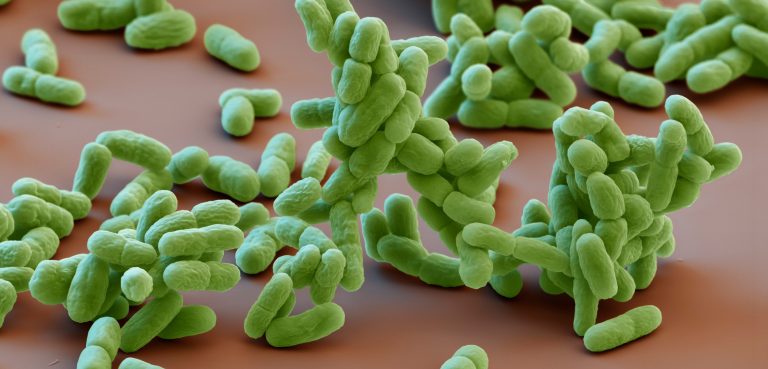The modern world has been so used to the usages of plastic that now it is kind of impossible to imagine a day without using plastic day-to-day, from simply plastic tools to containers. On the one hand, plastic can be used in various ways as it can be easily manipulated and inexpensive. On the other hand, it is the reason for increasing severe environmental pollution. Around 370 million tons of plastics are currently being produced each year. According to forecasts, global plastic production will increase by another 40% in the next decade. More and more plastic wastes are ending up in the environment, where it is polluting the oceans or entering the food chain in the form of microplastics and causing life-threatening diseases. Furthermore, plastic is primarily made from petroleum, which releases additional CO2 into the atmosphere when it is burned.
As plastic is becoming essential in day-to-day life, producing biodegradable plastic can solve the problems of plastic usages Planet Earth is facing now. Previously many researchers from various fields all around the world have come up with different biodegradable plastic production systems, but this year scientists from the University of Tübingen demonstrated producing natural plastic from Cyanobacteria.
Cyanobacteria, though they are not even distantly related to Algae but more closely related to Bacteria, are known as blue-green algae or microalgae as they are aquatic and can photosynthesize.
Cyanobacteria are among the most inconspicuous yet powerful organisms on Planet Earth. They are the hidden powerhouse of this Planet who initiated the first stage of the evolution of all life forms on Planet Earth by boosting oxygen on a massive level for billions of years. For their inconspicuous nature, they have been under the radar, but as soon as the scientific world begins to realize their tremendous potential, they have started to offer solutions to human-made problems.
According to scientists, Cyanobacteria produces plastic naturally as a by-product of photosynthesis—and they make it in a sustainable and environmentally friendly way. Researchers at the University of Tübingen have recently succeeded for the first time in modifying the bacteria’s metabolism to produce natural plastic in quantities allowing it to be used industrially. The researchers, led by Professor Karl Forchhammer of the Interfaculty Institute of Microbiology and Infection Medicine, recently presented their findings in several studies and showed that this new natural plastic could come to market to compete with environmentally harmful petroleum-based plastics.
The lead author of the study expressed the importance of these kinds of studies by stating that the industrial relevance of this form of bioplastic can hardly be overestimated, as these kinds of studies are offering natural solutions to man-made problems.
According to the scientists related to this discovery, Cyanobacteria of the genus Synechocystis have surprising properties, like the production of poly-hydroxy-butyrate (PHB) which is a naturally occurring plastic. PHB can be used in a similar way to plastic polypropylene, but it is rapidly degradable in the environment and a non-pollutant. However, the amount of plastic produced by these bacteria is usually very small. The research team succeeded in identifying a control mechanism in the bacteria which limits the intracellular flow of fixed carbon towards PHB.
After removing the corresponding mechanism and implementing several further genetic alterations, the amount of PHB produced by the bacteria increased significantly and eventually observed and accounted for more than 80% of the cell’s total mass. The lead author of the study described this new genetically modified bacteria as a “plastic bacterium”. According to the lead author, since Cyanobacteria only requires carbon dioxide, water, and sunlight to produce the plastic, they are the ideal candidates for sustainable and climate-friendly plastic production. The authors further emphasized that once this production system is established in the industry, the entire production of plastics could be revolutionized.
References
- Forchhammer, K., et al. (2021). The novel PII-interactor PirC identifies phosphoglycerate mutase as key control point of carbon storage metabolism in cyanobacteria. PNAS, [online] Volume, 118(6), Available at: https://doi.org/10.1073/pnas.2019988118 [Accessed 30th September 2021].
- Koch, M., Bruckmoser, J., Scholl, J. et al. (2020). Maximizing PHB content in Synechocystis sp. PCC 6803: a new metabolic engineering strategy based on the regulator PirC. Microb Cell Fact, [online] Volume, 19, p. 231. Available at: https://doi.org/10.1186/s12934-020-01491-1 [Accessed 30th September 2021].


